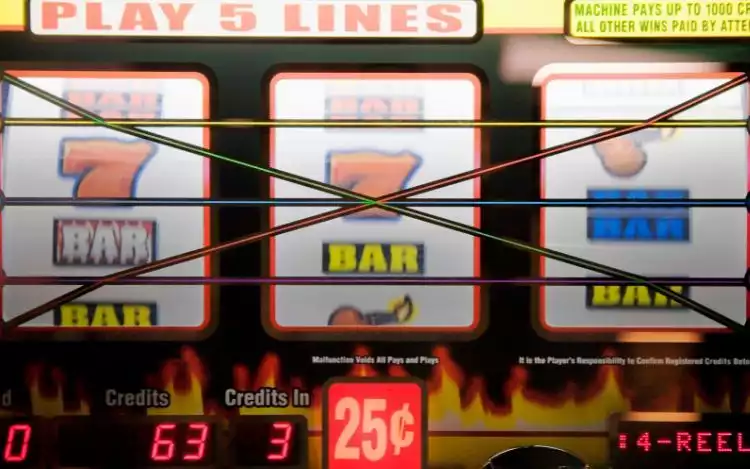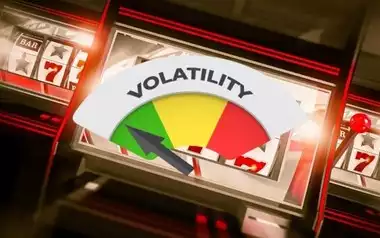Slot machines are built on symbols. They are more than just pictures spinning past your eyes. They carry history, culture, and in some cases, superstition. While cherries and bars are common, some symbols are much rarer, and they often come with intriguing backstories. Let us explore where these icons came from and why they still show up on reels today.
Symbols are not chosen at random. Each one is tied to tradition or marketing psychology. A lucky symbol draws attention. A fruit makes you think of freshness. A bar looks like something solid and trustworthy. Casinos know players react to imagery long before thinking about odds or payouts.
The Classic Bell: Liberty and Luck
The Liberty Bell was the first major slot machine symbol, dating back to Charles Fey’s 1895 invention in San Francisco. The bell symbolised freedom and, of course, winning. Hitting three bells meant the top prize.
While you will rarely see it outside retro-style slots today, the Liberty Bell remains an important piece of slot history. It is the reason many still call them “one-armed bandits.” A lot of the best slot sites today will have a few games with the liberty bell.
Lucky Sevens: A Superstitious Icon
The number 7 has long been tied to luck across cultures. Ancient religions, gambling folklore, and even mathematics feed into its mystique. Slot developers quickly latched onto it, making triple sevens the dream combination on many machines.
Sevens are not rare in modern slots: but the origins of why they are considered so powerful certainly are. That aura of superstition makes them feel special every time they hit.
The BAR Symbol: From Gum to Cash
The BAR symbol is not as random as it looks. It came from the Bell-Fruit Gum Company, which produced fruit machines in the early 1900s. Instead of cash prizes (which were often illegal), these machines paid out chewing gum. The company logo (a simple “bar”) was plastered on the reels.
Over time, the gum disappeared, but the BAR stuck. Today, it is one of the most common symbols, but its quirky chewing gum origin makes it one of the most unusual historically.
Cherries, Lemons, and Other Fruit

Cherries, Lemons, and Other Fruit
Fruit symbols were another workaround for anti-gambling laws in the early 20th century. Machines that could not legally pay out cash gave gum or sweets with fruit flavours.
- Cherries meant cherry-flavoured gum.
- Lemons were lemon gum.
- Plums and grapes worked the same way.
What began as a disguise became tradition. Fruit machines are still a British staple, though modern slots rarely link them to chewing gum anymore.
Horseshoes: Old-School Good Fortune
The horseshoe predates slot machines entirely. It is a centuries-old symbol of good luck, tied to folklore about warding off evil spirits. Slot makers borrowed it because gamblers already trusted it.
Horseshoes are less common on modern reels, but whenever you see one, you know it is a nod to old-school gambling charm.
The Diamond: Wealth in a Picture
Diamonds show up in some vintage and many modern slots. They are obvious symbols of wealth, status, and value. Unlike cherries or bars, diamonds were not tied to chewing gum or legal loopholes: they were straightforward bait. Sparkly wealth on screen promised players sparkly wealth in their pockets (at least in theory).
Scatter and Wild: Modern Innovations
Traditional symbols aside, the Scatter and Wild are the rarest (and most valuable) symbols in digital slot design. They did not exist in the mechanical age.
- Wilds act like jokers, filling in for other symbols to complete wins.
- Scatters unlock free spins or bonus rounds.
These symbols emerged in the late 20th century as slot machines went digital. They are rare because they usually trigger the big payouts, but they have become staples of modern gameplay.
Cultural Symbols: Niche but Rare
Some slots tap into mythology, history, or pop culture. You will see:
- Pharaohs and scarabs in Egyptian slots.
- Dragons and lanterns in Asian-themed games.
- Totems and wolves in nature-inspired slots.
These symbols vary by game but often become rare collectibles within a theme. For example, Cleopatra’s face on IGT’s Cleopatra slot is legendary. Rare in appearance, huge in payout.
Why Rare Symbols Still Matter Today

Why Rare Symbols Still Matter Today
Modern slots are built on algorithms, but symbols remain key to how we experience the game. Rare symbols are more than payout triggers: they carry decades of cultural baggage. A bell or cherry is not just nostalgic. In fact, it ties the modern casino to its 19th-century ancestor.
And when rare Scatters or Wilds land, it is the same thrill players felt pulling a one-armed bandit 100 years ago.
FAQs on Slot Machine Symbols
What is the rarest slot symbol ever?
In modern games, Scatters and special Wilds are rarest because they trigger bonuses. Historically, the Liberty Bell is the rarest: you will not see it much today outside old-school replicas.
Why do fruit symbols appear on slot machines?
They started as representations of gum flavours, back when cash payouts were banned. Over time, they became tradition.
Do symbols affect slot odds?
No. Symbols are tied to the random number generator. They feel symbolic, but payouts are driven by maths, not imagery.
Why is the number 7 considered lucky?
Seven has long-standing cultural ties to luck, religion, and folklore. Slot designers used it because players already believed in its magic.









